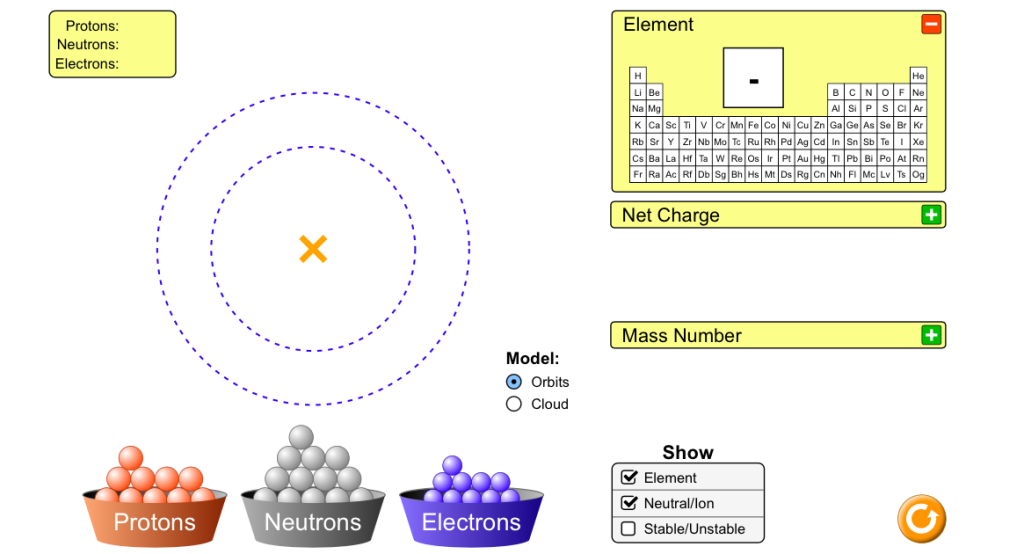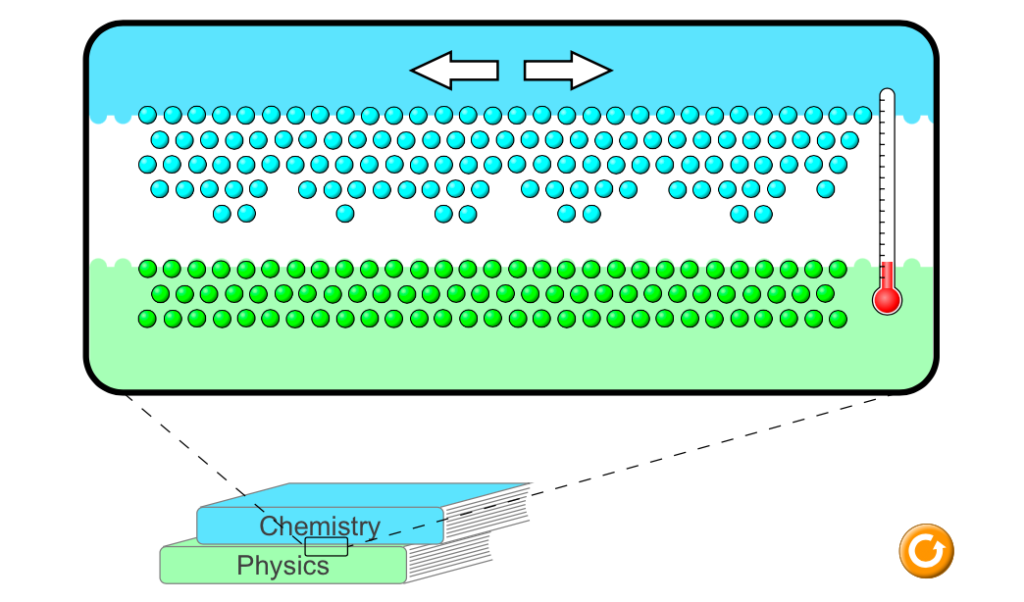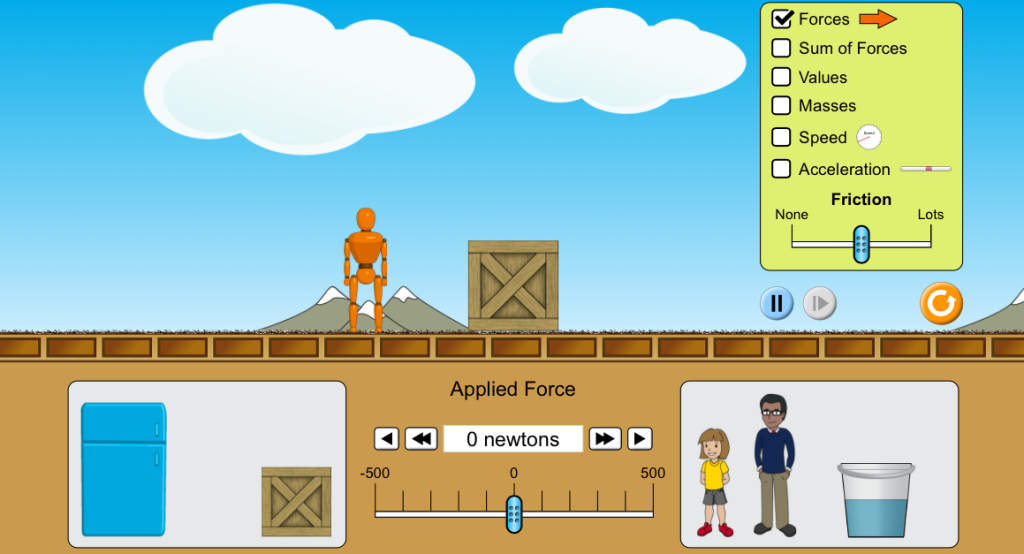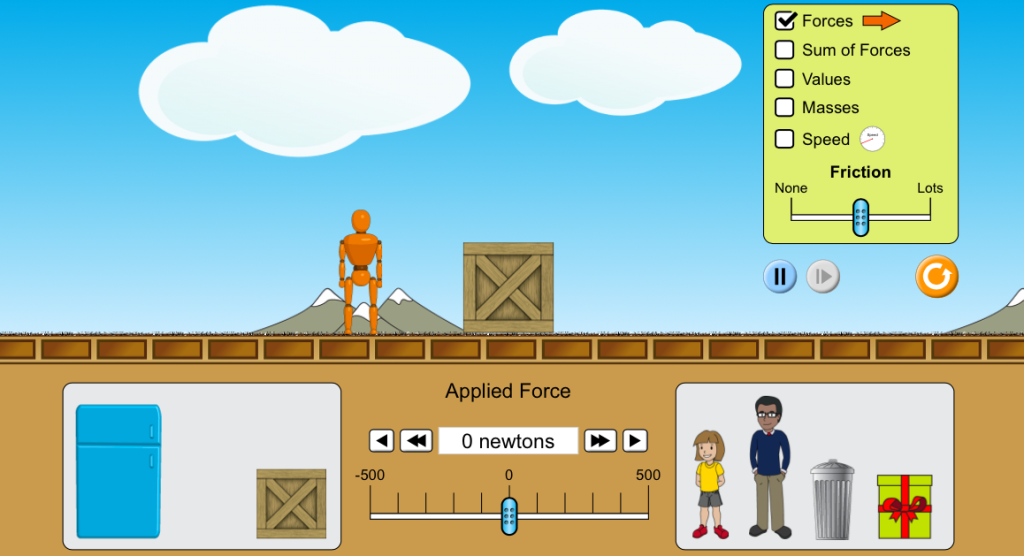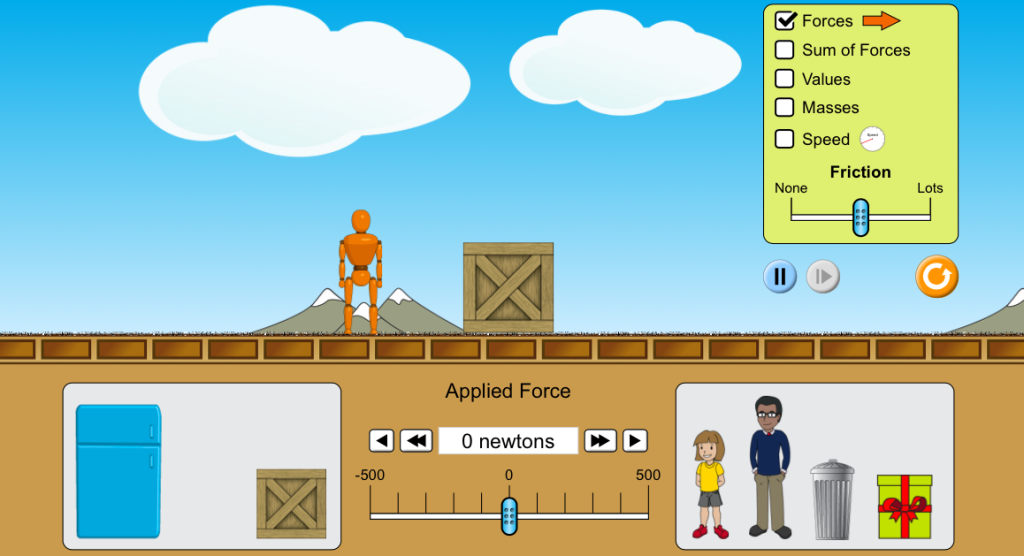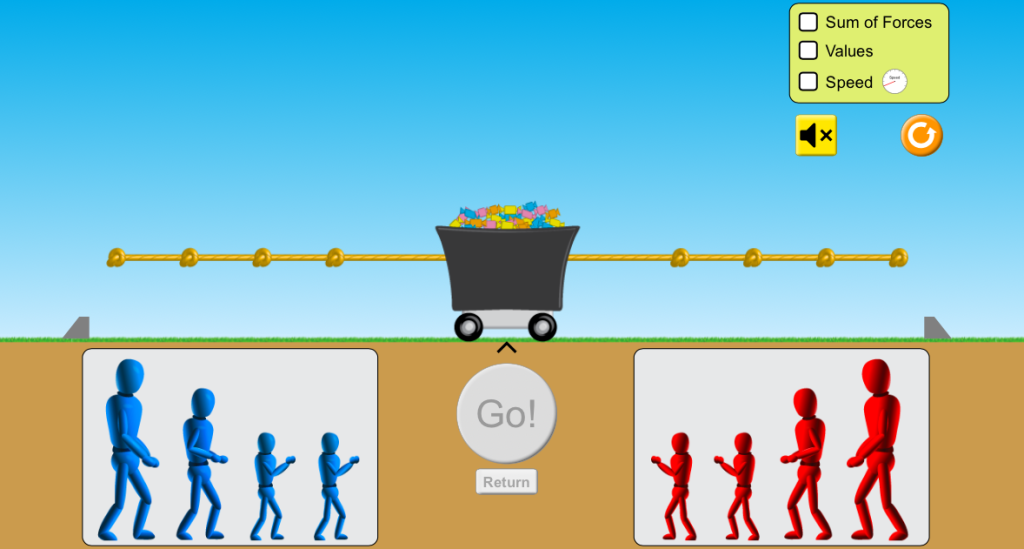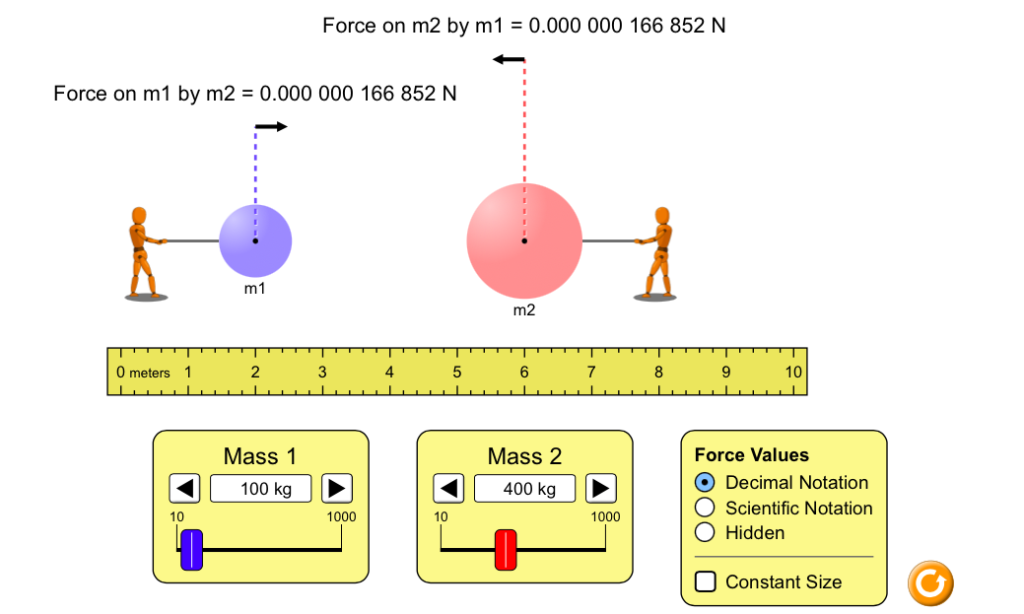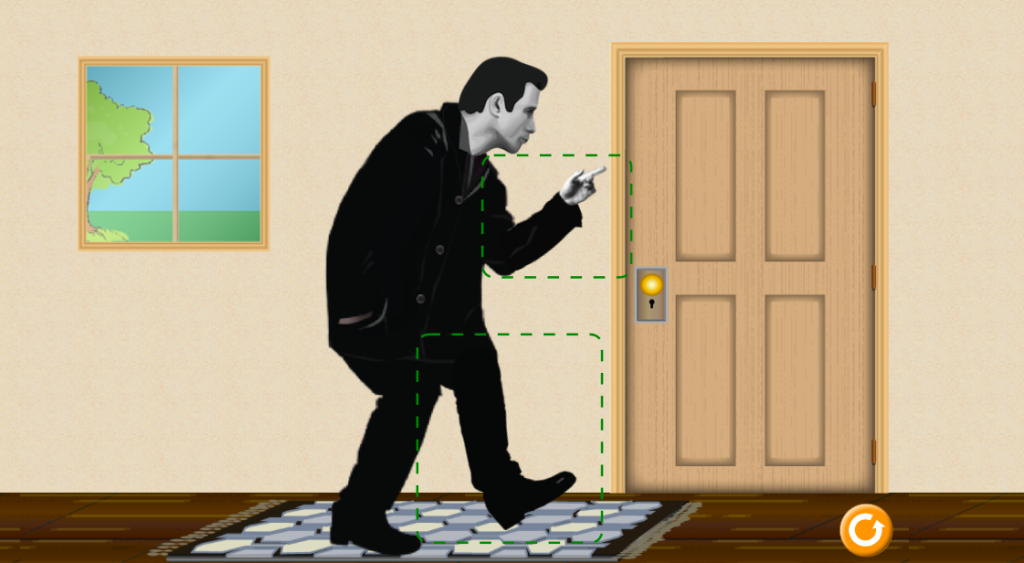Atoms, ions, and isotopes
Build an Atom by PhET Interactive Simulations, University of Colorado Boulder, licensed under CC-BY-4.0 (https://phet.colorado.edu) The title of the Project: Atoms, ions, and isotopes Purpose of the work: Practical part Choose “Atom” to start the virtual experiment. This is a little instruction to the virtual experiment. Part 1. Atom Virtual experiment. Step 1. Build a helium atom. Add 2 protons, 2 neutrons and 2 electrons. Step 2. Notice that the protons and neutrons are in the center, which is called nucleus. The constituents of the nucleus are called nucleons. Step 3. Notice that the electrons go to an orbit around the nucleus, which is called orbital. Step 4. Switch to the cloud model. The electrons become an electron cloud. It means that the electrons are most probably in the area, depicted by the cloud. Step 5. Notice that the atom is neutral. The charges of an electron and a proton are equal in magnitude, but different in sign. Step 6. Make a conclusion. Part 2. Isotope Virtual experiment. Step 1. Switch back to the orbit model. Take away one neutron. Now this is an isotope of the helium atom, called Helium-3. This is a stable isotope. Step 2. Take away another neutron. This is another isotope of the helium atom, called diproton. This is an unstable isotope, meaning it can decay very quickly. Step 3. Note that altering the number of neutrons you can make an isotope. Step 4. Make a conclusion. Part 3. Ion Virtual experiment. Step 1. Go back to a helium atom. Step 2. Add another electron. This is no longer an atom, this is a negatively charged ion, since there are more negatively charged particles. Step 3. Take 2 electrons back. Now it is positively charged ion since there are more positively charged particles. Step 4. Note that altering the number of electrons you can make an ion, either positive or negative. Step 5. Make a conclusion. Conclusion Atom is neutral, it contains equal number of electrons and protons and some number of neutrons. Ions are charged particles; they can be negatively or positively charges. To create an ion, add or subtract one or more electrons. Isotopes have different number of neutrons than the atom.
Atoms, ions, and isotopes Read More »

